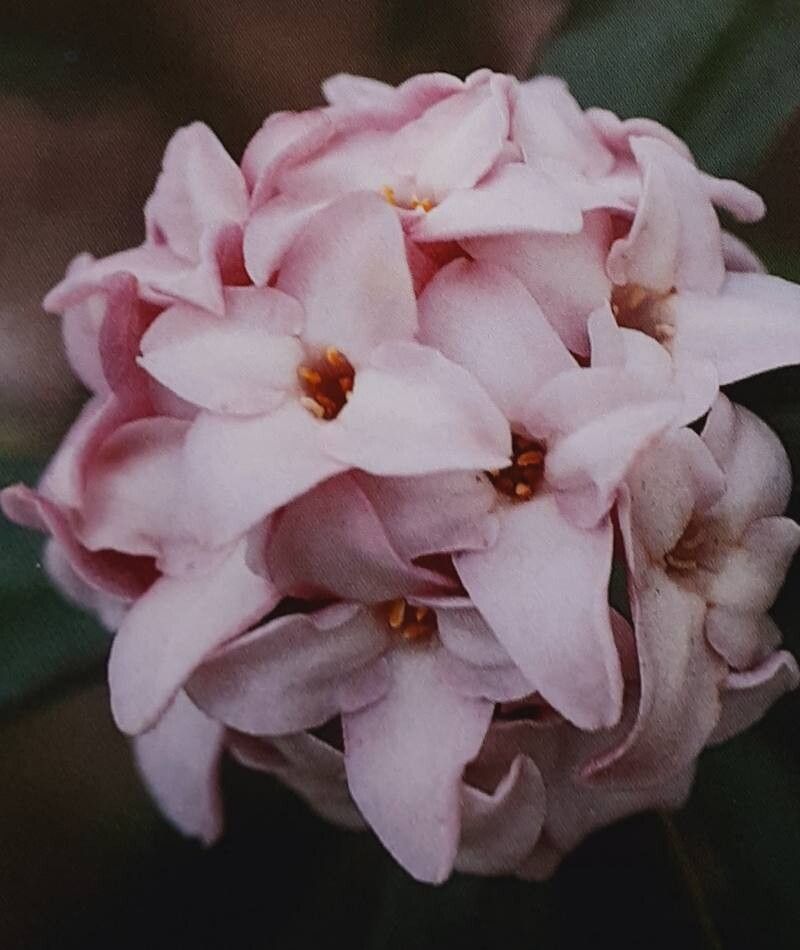Propagating Daphne bholua: A Gardener’s Guide to the Winter Daphne
Introduction:
Daphne bholua, commonly known as Winter Daphne, is a prized ornamental shrub renowned for its exquisite, intensely fragrant flowers that bloom in late winter or early spring, often while still covered in snow. Its delicate, rosy-pink or white blossoms provide a welcome burst of colour and scent in the bleak winter landscape, making it a highly sought-after addition to gardens worldwide. The unique challenge of propagating this beauty, however, often deters many gardeners. Its comparatively low propagation success rate adds to its allure and makes success all the more rewarding.
Seed Germination:
Currently, there are no known reliable methods for seed germination propagation of Daphne bholua. While seeds may be produced, their germination rate is extremely low, and successful germination rarely leads to plants that faithfully reproduce the parent plant’s desirable traits. The complex seed dormancy mechanisms and other factors likely contribute to this difficulty.
Cuttings:
Cuttings represent a more viable, albeit still challenging, method of propagating Daphne bholua.
Challenges: The success rate for cuttings is significantly impacted by the timing, the type of cutting (softwood, semi-hardwood, hardwood), and the rooting medium. Daphne bholua can be slow to root, requiring patience and meticulous attention.
Practical Tips: Semi-hardwood cuttings taken in late summer/early autumn from the current season’s growth offer the best chance of success. Prepare cuttings 4-6 inches long, removing lower leaves and dipping the cut end in a rooting hormone before planting in a well-draining medium like a mix of perlite and peat moss. Maintain high humidity (using a propagator or cloche) and consistent moisture levels. Bottom heat can also significantly improve rooting.
Rewards: Successfully rooted cuttings provide a true clone of the parent plant, preserving its unique characteristics, flower colour, and fragrance.
Division:
Division is generally not a practical method for propagating Daphne bholua. This shrub generally has a compact root system and is not easily divided without causing significant damage to the parent plant, potentially leading to its death.
Tissue Culture:
Tissue culture offers a potential solution for large-scale propagation and the preservation of desirable Daphne bholua cultivars.
Challenges: Establishing a successful tissue culture protocol for Daphne bholua requires specialized knowledge, equipment, and sterile conditions. This method is not accessible to the average home gardener.
Practical Tips: This process requires a controlled environment with sterile media, specific growth regulators, and expertise in plant tissue culture techniques. It’s best left to research institutions or specialized nurseries.
Rewards: Tissue culture allows for rapid multiplication of superior genotypes, enabling the mass production of genetically identical plants.
Conclusion:
Propagating Daphne bholua presents unique challenges across all methods. Seed germination is currently unreliable, division is impractical, and tissue culture requires specialized expertise and facilities. Cuttings offer the most accessible method for the home gardener, albeit with a relatively low success rate that demands patience and careful attention to detail.
The satisfaction derived from successfully propagating this stunning shrub, however, outweighs the difficulties. The reward is not just in possessing a beautiful winter-flowering plant but also in the pride of overcoming the challenges and mastering a skill that relatively few gardeners achieve. To aspiring propagators, I say: Don’t be discouraged by initial setbacks. Experiment, learn from your mistakes, and celebrate every small success. The fragrant bloom of your propagated Daphne bholua will be a testament to your dedication and perseverance.


